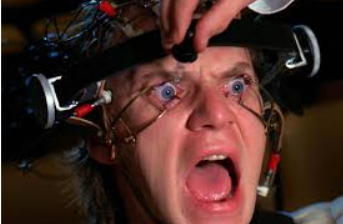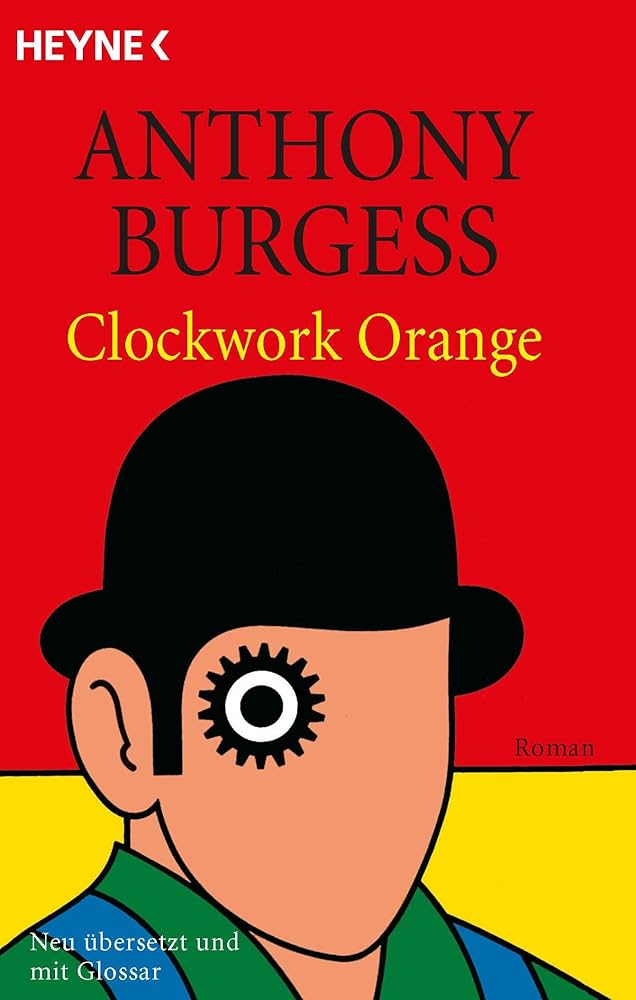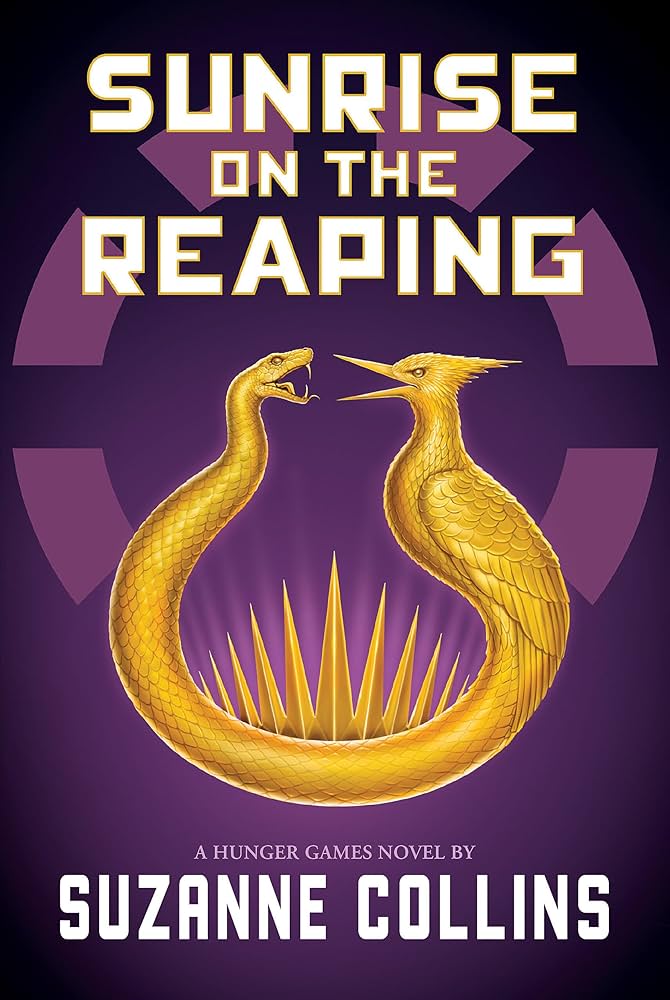Many people have read or at least heard of a book that is not just creepy, but truly dark. A piece of media that features intense violence, sadism, and robbery. When you follow a main character who does these things, how do you as the author make someone feel sympathy for him? And how do you do that while contributing to some greater theme? Character arcs and themes are the foundation of fiction, after all.
Well, Anthony Burgess’s A Clockwork Orange sets out to answer that question, examining not only the nature of violence but also society’s flawed attempts to control it. It asks questions like “How much should society control?”, “Where does the extent of free will go?”, and “Is there a place where no matter what, a person cannot be redeemed?”
Alex DeLarge is a criminal in a crime-ridden, dystopian Great Britain. He talks in a funny way and his main activity is going out and getting into fights. He and his crew (called the “Droogs”) go out every night and drink, rob places, fight people, and engage in other profane acts. That is, until he ends up getting caught by the police and thrown in jail.
In the morning, he actually is in a fairly nice place: a comfortable bed, with decent food and tea. However, later in the day, he has to participate in the “Ludovico technique” for several hours in an attempt to stop his violent tendencies. This is where classical music plays over clips of extreme violence, and it is torturous for Alex.

It makes Alex feel so sick he feels as if he will die, and after a few days he screams out, “It’s a sin! It’s a sin!” The reader starts to feel bad for Alex and it makes you ask, how much evil can a person do until you have no empathy for them?
There is a lot to say about this book. For one, the book invites sympathy for Alex while also validating those who say he deserves his torture. The book never gives an answer as to which view is correct, leaving readers to wrestle with their own moral judgement.
It also gives way to specific themes, such as how authorities should go about fixing and redeeming criminals, and perhaps even what responsibility they have to do so.
I would like to say this book is not for the faint of heart. However, the violence in the book is not violence without a cause. All of the grotesque imagery serves to explore the theme of redemption, specifically whether a person can truly achieve it and how that process might unfold.
If I had any criticisms of the book, the ending felt forced. That’s likely why the now cult classic Stanley Kubrick film adaptation of the book scraps the happy ending, leaving Alex as the animal he is.
Overall, this book is absolutely brilliant, I enjoyed every second reading it, and it is my personal favorite book of all time. While I cannot say it is the best book I have ever read, as there are some pacing problems, it is still the most enjoyable book I’ve ever read, warts and all. A 10/10!






